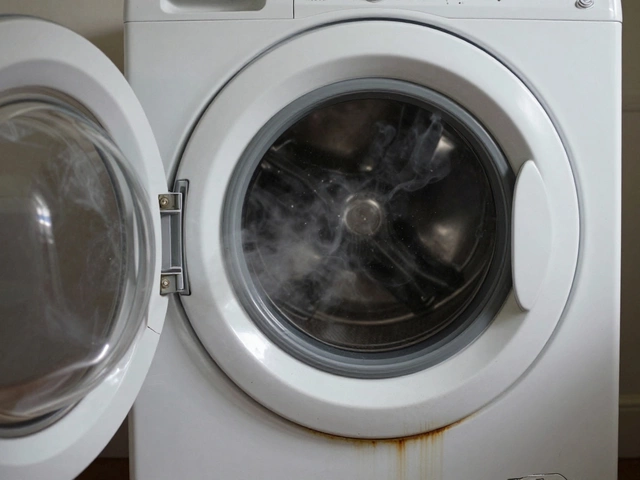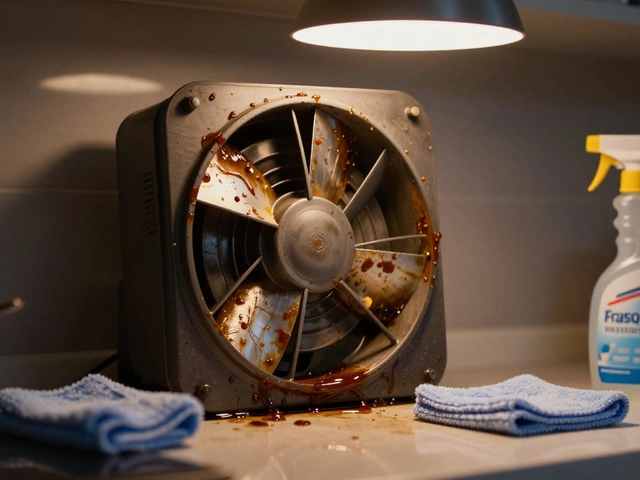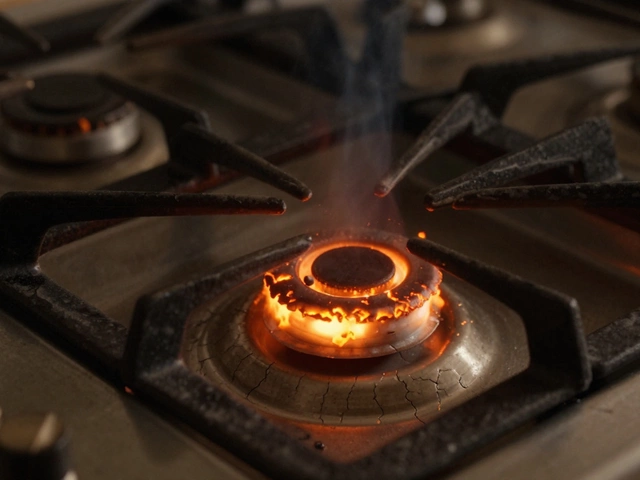Common Washer Failures – What Happens and How to Fix Them
If your washer suddenly stops working, you’re probably wondering what went wrong. The good news is that most problems are simple enough to diagnose at home. Below we break down the most frequent issues, why they happen, and what you can do before calling a repair service.
1. Washer Won’t Spin or Agitate
This is a classic complaint. The first thing to check is the lid switch – if the lid isn’t recognized as closed, the machine won’t spin. Open and close the lid a few times to see if the sound changes. Next, look at the drive belt. Over time it can wear or slip off the pulleys, leaving the drum dead. Pull the back panel, locate the belt, and make sure it’s tight and not cracked. If the belt looks fine, the motor coupler might be broken; it’s a small plastic piece that can snap under heavy loads. Replacing a coupler is a quick DIY job.
2. Washer Doesn’t Fill With Water
When you hear the motor but see no water, the issue is usually with the water inlet valve or the filters on the hoses. Turn off the water supply, disconnect the hoses, and check the tiny screens inside the valve connections. A buildup of mineral deposits can block flow. Clean the screens with a soft brush and run water through them. If the valve itself is faulty, you’ll need a new one – it’s a cheap part but requires the machine to be unplugged.
Another common cause is a kinked hose. Straighten any bends and make sure the hose isn’t crushed behind furniture.
3. Washer Won’t Drain
A clogged pump or a blocked drain hose can leave water sitting in the tub. Start by pulling out the small filter near the bottom of the machine (check your manual for the exact spot). Clean out lint, coins, or other debris. If water still won’t drain, the pump impeller might be jammed. Remove the back panel, locate the pump, and spin the impeller by hand. If it’s stuck, clear the obstruction; if it’s broken, replace the pump.
4. Leaking Water
Leaks can come from many places, but the most common are the door seal, the detergent drawer, or the hoses. Inspect the rubber door gasket for tears or warped sections. Wipe it clean and dry, then run a short cycle to see if the leak stops. The detergent drawer can accumulate soap residue that blocks water flow; pull it out and rinse thoroughly. Finally, check the hose connections for looseness – tighten any clamps that feel loose.
5. Error Codes and Unusual Noises
Modern washers display error codes when something goes wrong. Write down the code and look it up in the user manual – it usually points to a specific part like the motor, sensor, or water level switch. As for noises, a thumping sound often means a foreign object is stuck in the drum or pump. Check the drum for small items (like socks) and remove them.
If you hear a high‑pitched squeal, the motor bearings may be wearing out. That’s a job for a professional, as it involves disassembling the motor housing.
In most cases, a simple check of the lid switch, belts, hoses, and filters will get your washer back in action. Keep a small toolkit handy – a screw‑driver set, pliers, and a bucket for water will make most repairs painless. However, if you’re dealing with a broken pump, motor, or electrical component, it’s safest to call a qualified technician.
Remember, regular maintenance—cleaning the lint filter, running a monthly cleaning cycle, and checking hoses for wear—helps prevent many of these failures. A little attention now can save you time, money, and a lot of hassle later.
Common Issues with Washing Machines and How to Fix Them
- Alden Wilder
- Oct 16 2024
- 0 Comments
Washing machine malfunctions are a common household problem that can often be resolved with some basic troubleshooting and maintenance. From simple fixes to more involved repairs, understanding the most frequent issues can save time and money. This article explores the common causes of washer failures and provides hands-on solutions. By delving into these troubleshooting tips, homeowners can keep their washing machines running smoothly.
View More


